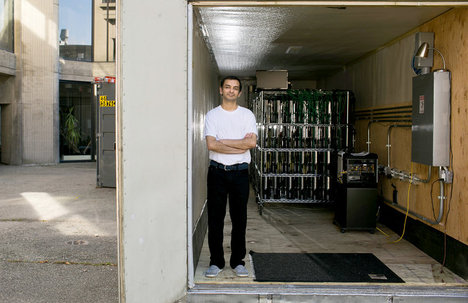(p. C9)The earliest Christian building excavated anywhere in the Roman Empire, the famous house-church of Dura-Europos (now under the enlightened protection of Islamic State), dates to the mid-third century. Literary sources, both Christian and non-Christian, make it abundantly clear that Christian communities grew up everywhere in the Mediterranean in the 150 years after Jesus’ death: Think of the famous congregations of Corinth, Colossae and Ephesus, vividly evoked in Paul’s letters. But to the archaeologist these communities are completely invisible. Where are they?
In his lively new book, “Coming Out Christian in the Roman World,” Douglas Boin offers an answer. Early Christian writers like St. John of Patmos or Tertullian of Carthage rejected any hint of compromise with the Roman imperial state or with their non-Christian neighbors: “No man,” warned Tertullian grimly, “can serve two masters.” But there is no particular reason to think that Tertullian’s views were widely accepted at the time. Fundamentalist zealots often have the loudest voices. In fact, it seems, most early Christians were quite happy to rub along quietly with the Roman world as they found it. They served in the Roman army, honored the emperor and even participated in pagan sacrificial ritual. Their archaeological invisibility is easy to explain: Aside from their personal convictions (revealed every now and then in their choice of graffiti), most early Christians were just ordinary Romans.
For the full review, see:
EVAN HEPLER-SMITH. “Rome at the Crossroads; Apart from their convictions, most early Christians were just ordinary Romans. They served in the army, honored the emperor and even participated in pagan sacrificial ritual.” The Wall Street Journal (Sat., March 21, 2015): C9.
(Note: the online version of the review has the date March 20, 2015.)
The book under review, is:
Boin, Douglas Ryan. Coming out Christian in the Roman World: How the Followers of Jesus Made a Place in Caesar’s Empire. New York: Bloomsbury Press, 2015.



